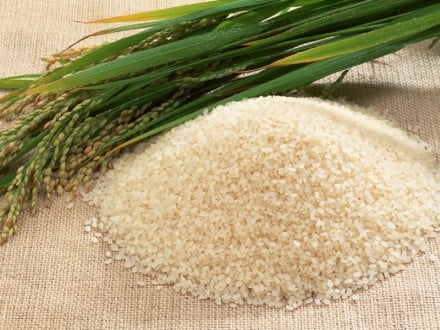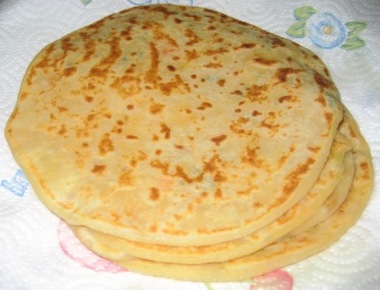As was too busy to go to restaurant, was forced to get to-go. I still got a good idea of the place though.
LOCATION:
Nice, in the middle of a large intersection in Oakland. But with that also comes a parking problem. After circling the block several times, my mom finally found a parking spot.
DECOR/THE PLACE ITSELF:
Small, but in a cozy way. Plenty of tables, and it also has a side table/counter! It has a modern decor, with fresh flowers and classy chandeliers. One thing: the tables and chairs give off a cafeteria feel and might need to be updated to match the rest of the modern decor. A half wall sperates the kitchen noise from the dining area. A cheery bright green awning welcomes you in.
SERVICE:
Very nice, quick, polite, and spoke good english.
FOOD:
Overall, excellent.
MEAT SAMOSA-Crispy pastry stuffed with spiced peas and minced lamb. First off, DELICOUS! I loved the contrast between the mediocre flavor of the bread and the spicy ground lamb.
MIXED VEGTABLE MASALA-Mixed vegtables prepared in a secret stock with garlic, onion, ginger, fresh tomato and mild sauce. Good, nice crunch combined with a spice.
SHAHI PANEER-Homemade cheese highlighted with creamy sauce. A nice twist on the normal cheese, although on first look it seems a bit like tofu. But otherwise, good texture combo and taste.
TANDOORI PRAWN-Prawns marinated in yogurt, herbs, and spices. Awesome! Tangy and crispy.
LAMB CURRY-Lamb in a special blend herbs and spices. Good, nice texture.
LAMB SAAG-Boneless lamb cooked with fresh spinach and fresh herbs. Nice flavor, has a crunchy-creamy quality.
CHICKEN MADRAS-Chicken cooked with coconut milk in a medium spiced sauce. Perfectly spiced, with a delicously cooked chicken.
MENU-
Excellent variety of foods, convinently archived into logical headings. Easy to understand, with good descriptions (I used them, just decided to credit them here :) ).
Inside of restraunt
Street view























